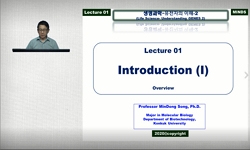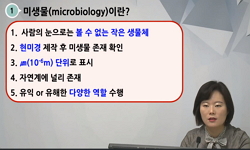<P>Recently, UVC-LED technology has been validated as an alternative to eradiation with conventional mercury UV lamps. In this study, we sought to determine primary factors affecting reduction trends shown in several microorganisms. Four major f...
http://chineseinput.net/에서 pinyin(병음)방식으로 중국어를 변환할 수 있습니다.
변환된 중국어를 복사하여 사용하시면 됩니다.
- 中文 을 입력하시려면 zhongwen을 입력하시고 space를누르시면됩니다.
- 北京 을 입력하시려면 beijing을 입력하시고 space를 누르시면 됩니다.


Bactericidal effect of 266 to 279nm wavelength UVC-LEDs for inactivation of Gram positive and Gram negative foodborne pathogenic bacteria and yeasts
한글로보기https://www.riss.kr/link?id=A107699059
- 저자
- 발행기관
- 학술지명
- 권호사항
-
발행연도
2017
-
작성언어
-
- 주제어
-
등재정보
SCOPUS,SCIE
-
자료형태
학술저널
-
수록면
280-287(8쪽)
- 제공처
-
0
상세조회 -
0
다운로드
부가정보
다국어 초록 (Multilingual Abstract)
<P>Recently, UVC-LED technology has been validated as an alternative to eradiation with conventional mercury UV lamps. In this study, we sought to determine primary factors affecting reduction trends shown in several microorganisms. Four major foodborne pathogens (Escherichia coil 0157:H7, Salmonella spp. Listeria monocytogenes, Staphylococcus aureus) and spoilage yeasts (Saccharomyces pastorianus, Pichia membranaefaciens), important to the brewing industry, were inoculated onto selective and non-selective media in order to investigate reduction tendencies at 4 different peak wavelengths (266 to 279 nm). As irradiation dose increased, inactivation levels for every microorganism were enhanced, but there were different UV-sensitivities in Gram positive bacteria (GP), Gram negative bacteria (GN), and yeasts (Y). Loss of membrane integrity measured by propidium iodide (PI) increased as peak wavelength increased for every microorganism studied. Similar results were observed in membrane potential measured by DiBAC4(3). However, there were contrasting results which showed that greater DNA damage occurred at a lower peak wavelength as measured by Hoechst 33,258. The level of DNA damage was strongly related to trends of microbial inactivation. This study showed that even though membrane damage was present in every microorganism studied, DNA damage was the primary factor for inactivating microorganisms through UVC-LED treatment.</P>
동일학술지(권/호) 다른 논문
-
- Published on behalf of the Canadian Institute of Food Science and Technology by Elsevier Applied Science
- Stocks, M.
- 2017
- SCOPUS,SCIE




 ScienceON
ScienceON






